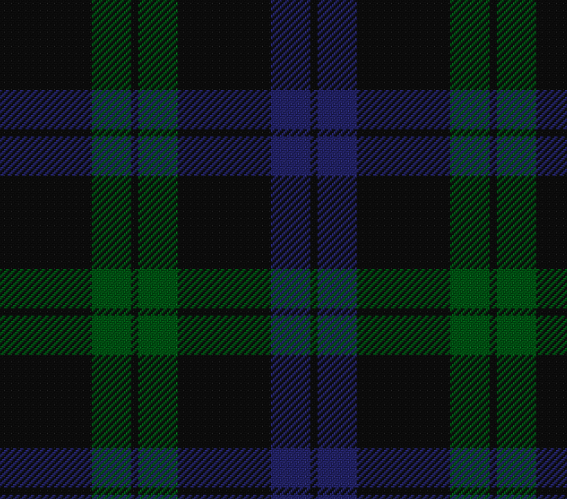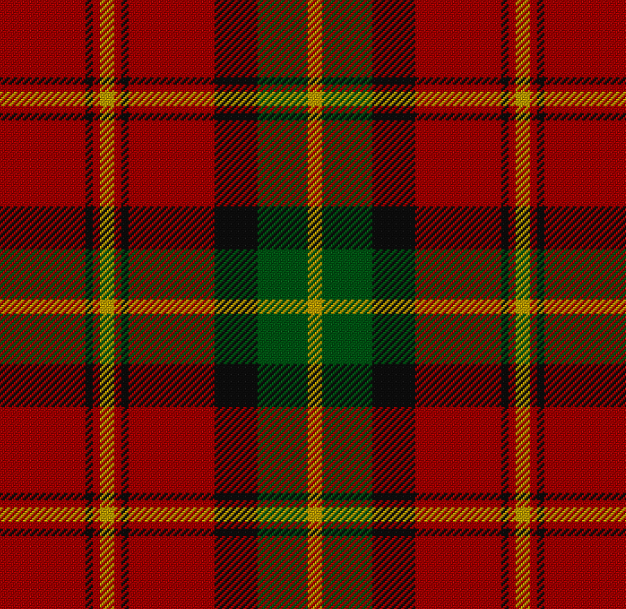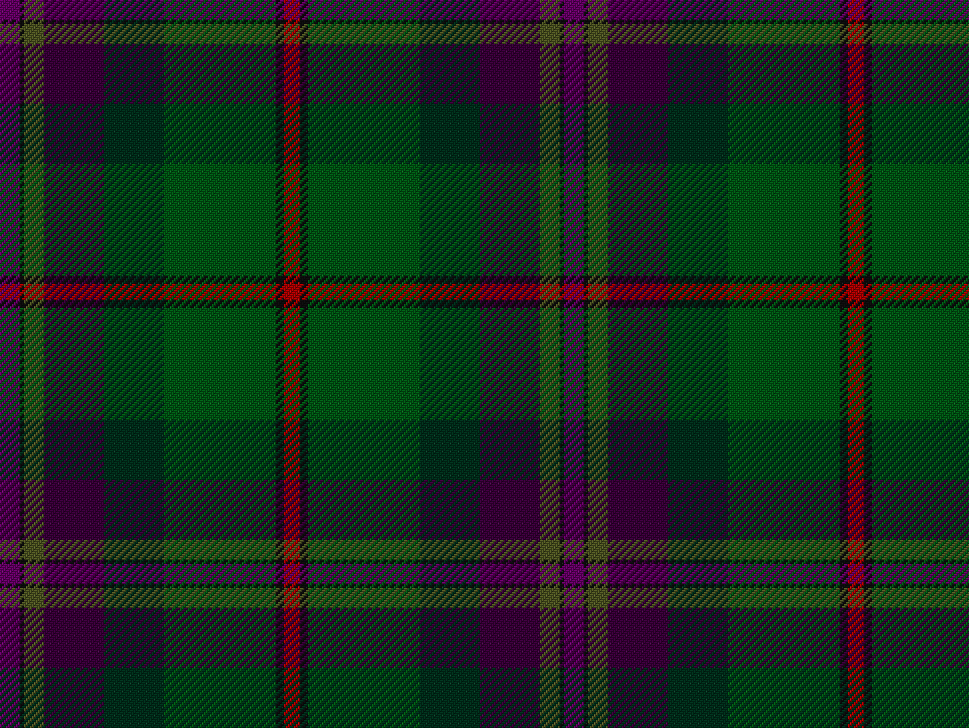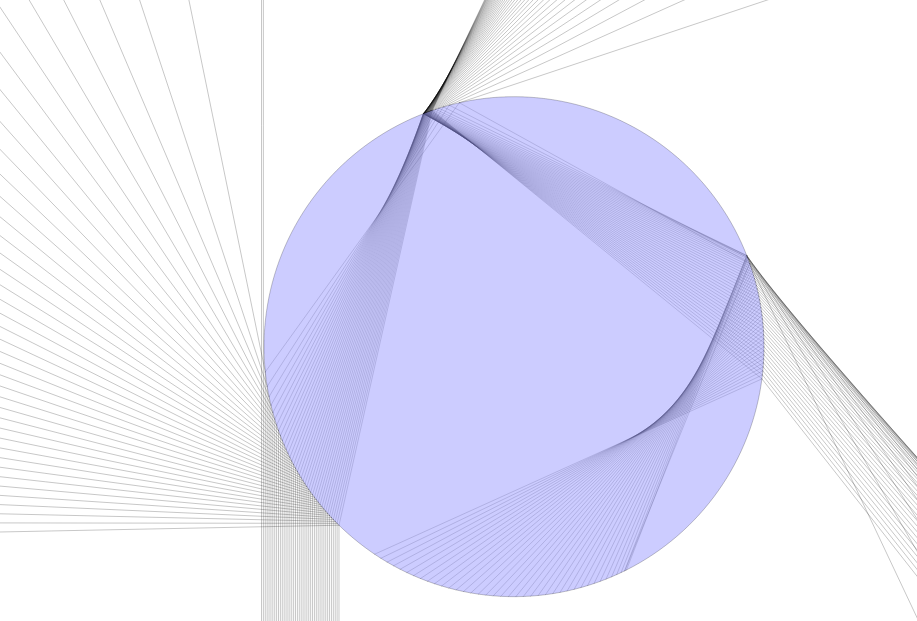Python and the Jupyter Notebook for Programmers
Workshop for CDSE Days, Monday, April 9, 2018, 8:30am-12:30pm.
John Ringland, Mathematics Department
Assisted by Aly Bittner and Tara Hudson
Contents
Target audience
Experienced programmer in some other language (such as C++, Java, Matlab) with little to no experience with Python.
Q&A
Two ways to ask questions:
- speak up!
- use this google form to ask goo.gl/oeFWtV, and view the questions and answers here goo.gl/kGZNdv
Python
expressive, versatile, free
Part 1
Modes of running Python code
Jupyter Notebook
Shift-Enter, Tab, Shift-Tab, Kernels, Cell types: markdown, code, Math in markdown, Export to rST
Format is JSON - easy to escape from, if ever necessary
Non-Python: ! for shell commands, % for magic commands
Jupyter Lab
Computational environment, eventual successor to Jupyter Notebook
Language basics
booleans
<,<=,==,!=, is
control flow: if, for/while
indentation
lists and tuples
range()
indexing and slicing
start:stop:stride
negative and shorthands
in
list comprehensions
strings
split, replace, zfill
functions
arguments to functions can be functions
functions can call themselves
functions can return functions
importing modules
import foo import foo.bar as blah
from foo import bar from foo import *
example: glob
dir
interacting directly with the file system
os: creating, renaming, deleting folders and files
example: art
writing text to files
Part 2: Numpy, etc.
Numpy
indexing, slicing, broadcasting
Exercise 2: reproduce a tartan



To start with, a simple checkerboard weave like this:

Fancy indexing
Exercise: Newton's method on cube roots of 1
numpy.linalg
solving linear systems, eigendata, etc.
Graphing
matplotlib
scipy
Exercise 3: read & plot audio: black holes merge, audio file black_holes_merge.wav
Source: https://www.youtube.com/watch?v=599IgzzhhAs
special functions
bessel functions, elliptic integrals
Part 3
Part 4
symbolic computation: sympy
forced damped oscillator
Other packages
- Tensorflow
- NLTK
- SKLearn
Python on other platforms
phones
interfacing with other languages
Can call and be called by C, C++, Fortran, ...
Scripting for applications
ArcGIS, QGIS
